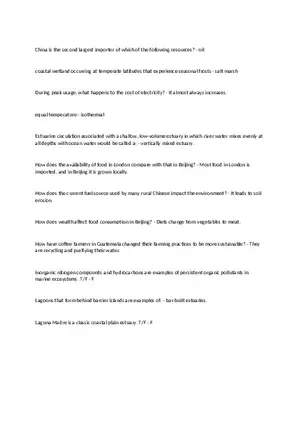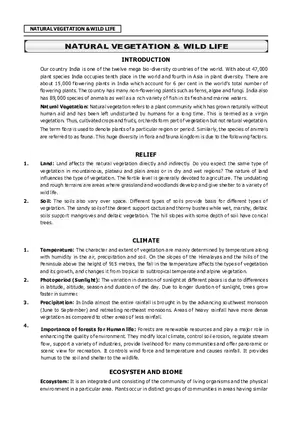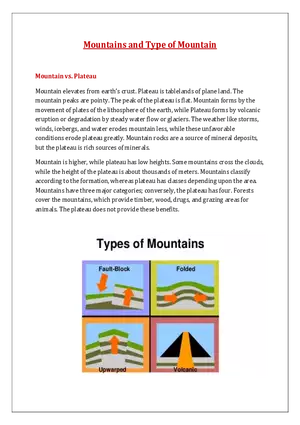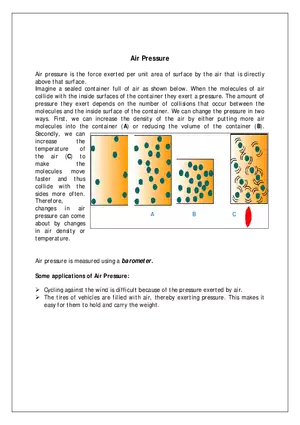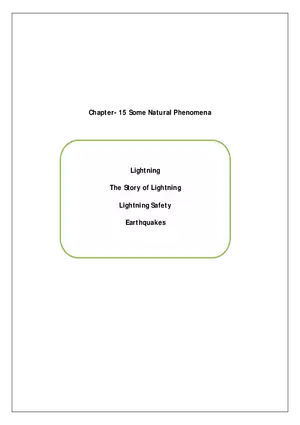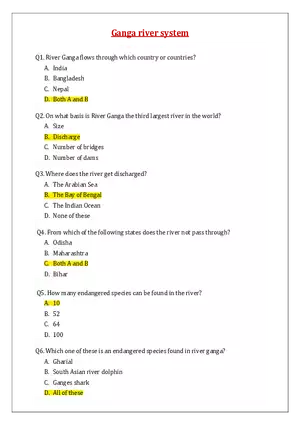Answer Key
Terrestrial Biomes Practice Quiz Answer Key
-
University:
Florida Gateway College -
Course:
GLY 1001 | Earth Science Academic year:
2021
-
Views:
192
Pages:
2
Author:
orfere
Related Documents
- Geography Answer Note #5
- Four Spheres of the Earth
- Lab M - Plate Tectonics, Volcanoes and Diastrophism
- Geography Answer Note #7
- Geography Answer Note #1
- Global Warming and Climate Change Multiple Choice Test
- Ground Water
- Modeling Faults Answer Key
- Intertidal Zones
- Acid Rain
- Mangrove Swamp Quiz
- El Nino and La Nina Worksheet
- Globalization's Impact on Economic Geography
- The Age of Exploration Notes
- The Age of Exploration: Motivations, Technology, and Global Consequences
- Mafic vs Felsic T-Chart
- Lecture 1: Determinants of Seawater Composition
- Internal Gravity Waves (Non-Rotating)
- HW# 4 Solution Set
- The Importance of Tides 2
Report
Tell us what’s wrong with it:
Thanks, got it!
We will moderate it soon!
Report
Tell us what’s wrong with it:
Free up your schedule!
Our EduBirdie Experts Are Here for You 24/7! Just fill out a form and let us know how we can assist you.
Take 5 seconds to unlock
Enter your email below and get instant access to your document


